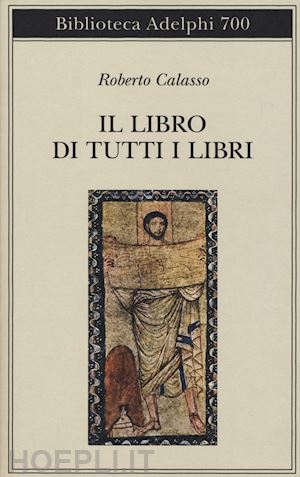

Surprisingly, or perhaps unsurprisingly, he turned in his last works first to the Old Testament and then to the even older myths of Mesopotamia circling back to the dawn of civilization after having ventured all the way to the twentieth century. The Tablet of Destinies is the last volume of Roberto Calasso’s magnum opus on myth, literature and Western culture. The Tablet of Destinies, a continuous narrative from beginning to end, delves into our earliest mythologies and records the origin stories of human civilization. What Utnapishtim tells Sindbad is the subject of this book, the eleventh part of Roberto Calasso's great opus that began in 1983 with The Ruin of Kasch. Thousands of years later, Sindbad the Sailor is shipwrecked on that very same island, and the two begin a conversation about courage, loss, salvation, and sacrifice. Rather than punish Utnapishtim, Enlil, king of the gods, granted him eternal life and banished him to the island of Dilmun. So Utnapishtim saved living creatures from the Flood. But Ea, the god of fresh underground water, didn't agree and advised one of his favorite mortals, Utnapishtim, to build a quadrangular boat to house humans and animals.

Roberto Calasso, a literary institution of one ( The Paris Review ), tells the story of the eternal life of Utnapishtim, the savior of man, in the eleventh part of his great literary project.Ī long time ago, the gods grew tired of humans, who were making too much noise and disturbing their sleep, and they decided to send a Flood to destroy them.


 0 kommentar(er)
0 kommentar(er)
